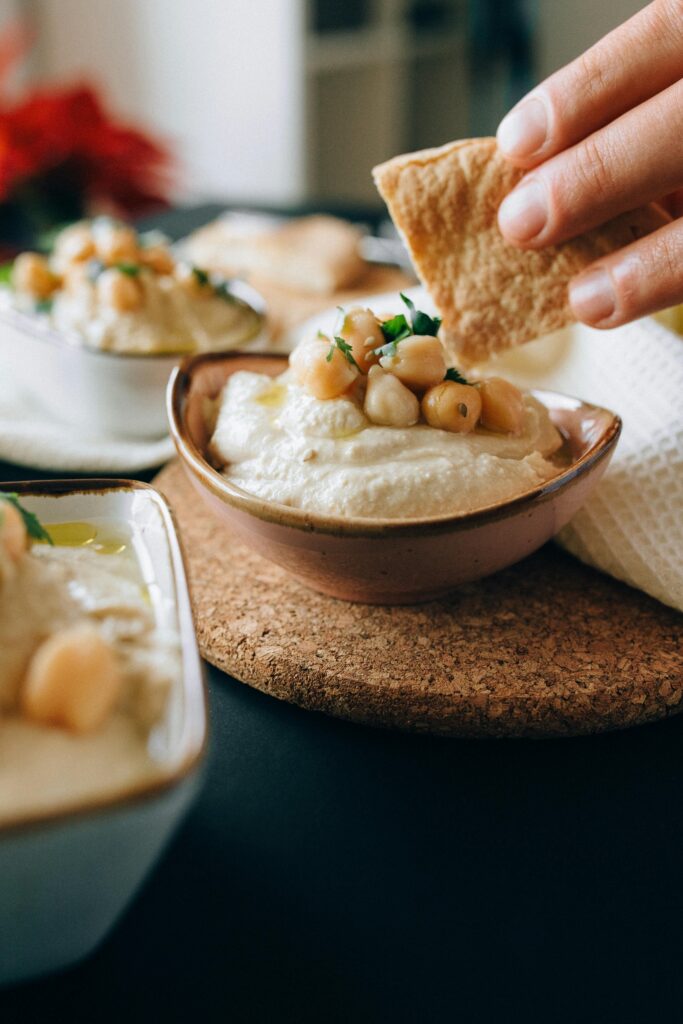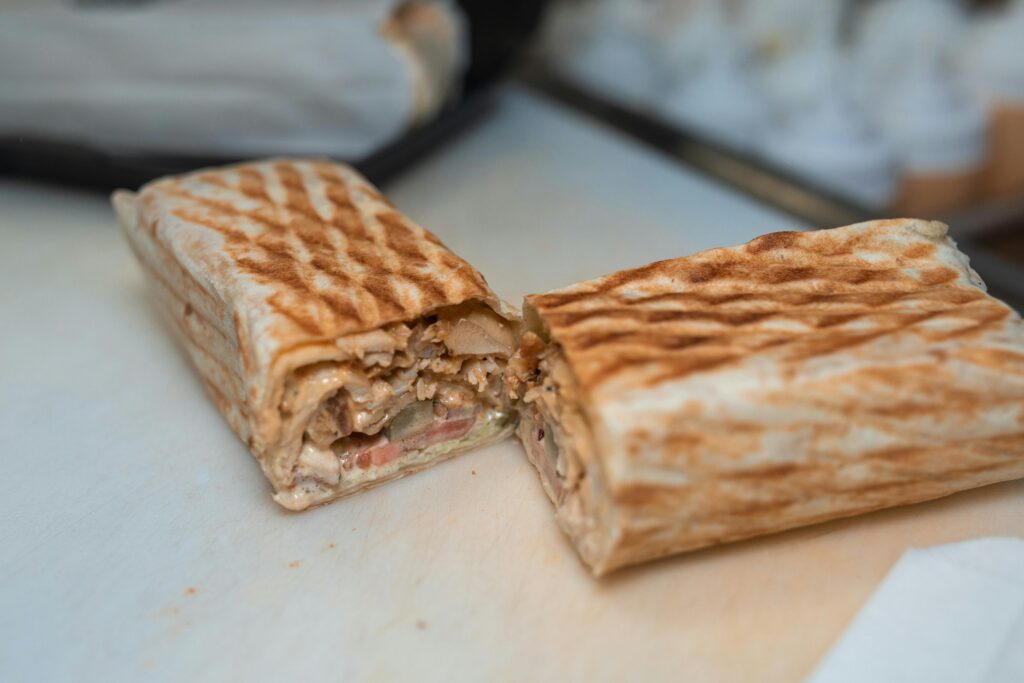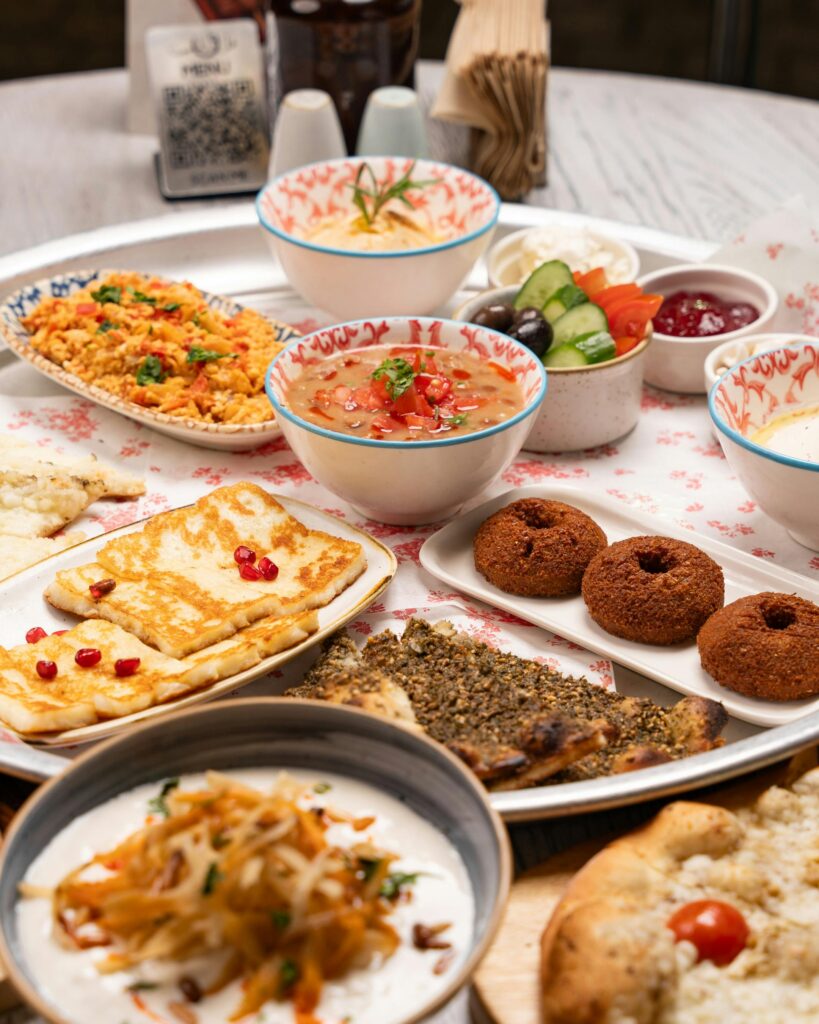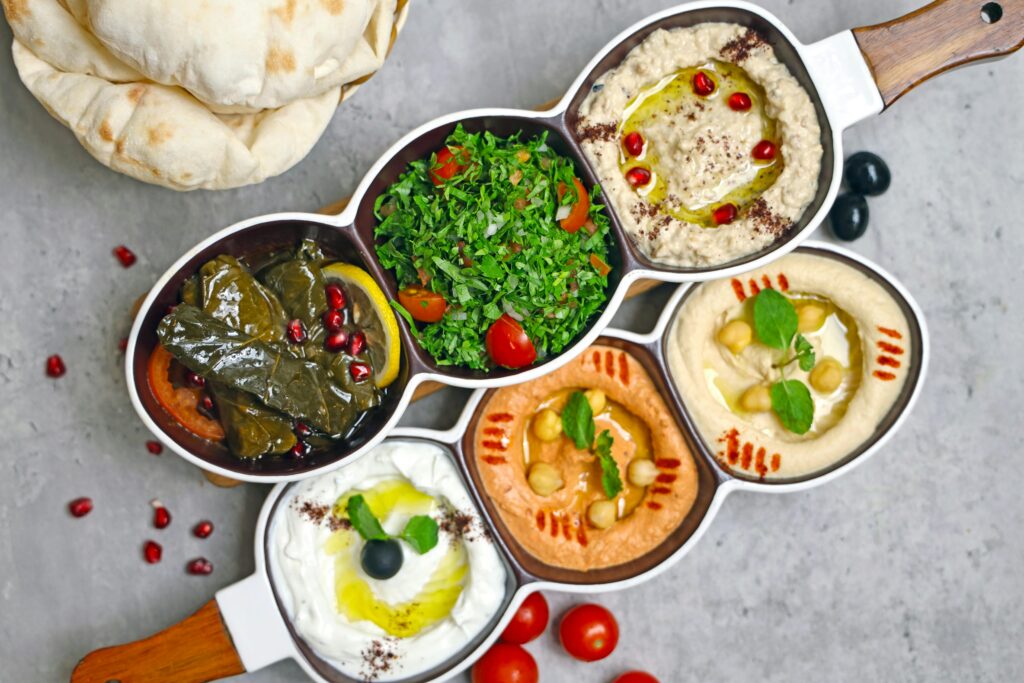The Middle East is home to some of the most flavorful and diverse cuisines in the world. Two culinary powerhouses that often get compared are Turkish food and Lebanese food. While they share ingredients like olive oil, garlic, and lamb, the taste profiles, preparation methods, and cultural traditions are quite different.
If you’re curious about the difference between Turkish and Lebanese food, this guide breaks it down into clear categories to help you understand (and crave) both cuisines.
1. Origins of Turkish and Lebanese Cuisine
Turkish Cuisine:
Turkish food has deep roots in the Ottoman Empire and is influenced by Central Asia, the Balkans, and the Mediterranean. It’s known for rich stews, grilled meats, pilafs, and flaky pastries like börek.
Lebanese Cuisine:
Lebanese food comes from the Levant region and emphasizes fresh vegetables, herbs, and healthy oils. It’s famous for mezze platters, hummus, tabbouleh, and the vibrant use of lemon juice and garlic.
2. Cooking Techniques
Turkish Cooking:
- Grilled and slow-cooked meats like kebabs and stews
- Baked dishes using dough or phyllo pastry
- Yogurt-based sauces and rich butter flavor
Lebanese Cooking:
- Quick cooking with fresh vegetables and herbs
- Heavy use of olive oil, lemon, garlic
- Balanced between raw dishes (like tabbouleh) and grilled items
3. Flavor Profiles & Spices
Turkish Flavors:
- Warm spices like cumin, paprika, cinnamon, and sumac
- Balances savory with sweet (e.g., lamb with apricots)
- More earthy and hearty
Lebanese Flavors:
- Fresh and zesty, with mint, lemon, and parsley
- Bold, garlic-heavy marinades
- Clean, light, and refreshing
4. Bread & Grains
Turkish Breads:
- Simit (sesame bread rings)
- Pide (Turkish flatbread)
- Served with dishes or as wraps
Lebanese Bread:
- Pita bread is a staple for scooping dips
- Bulgur wheat is common in tabbouleh and kibbeh
5. Popular Turkish and Lebanese Dishes
Famous Turkish Dishes:
- Doner kebab
- Iskender kebab
- Menemen (egg scramble with peppers)
- Manti (Turkish dumplings)
- Baklava and kunefe
Famous Lebanese Dishes:
- Hummus and baba ghanoush
- Shawarma and kafta
- Kibbeh (meat and bulgur croquettes)
- Fattoush and mujadara
- Kanafeh with sweet syrup
6. Dining Culture: Turkish vs Lebanese
Turkish Dining:
- Hearty, sit-down meals with multiple courses
- Tea (çay) served throughout the day
- Desserts followed by Turkish coffee
Lebanese Dining:
- Mezze-style meals: Small plates for sharing
- Focus on hospitality and togetherness
- Meals often start with fresh salads and dips
Conclusion: Turkish vs Lebanese Food
Whether you’re indulging in slow-cooked Turkish lamb stew or enjoying a refreshing plate of Lebanese tabbouleh, both cuisines offer unforgettable flavors. Turkish food is bold and hearty, while Lebanese cuisine is bright, herbaceous, and ideal for lighter eating.
So, which one do you love more—the comforting warmth of Turkish dishes or the fresh zest of Lebanese plates? Let us know in the comments below!



